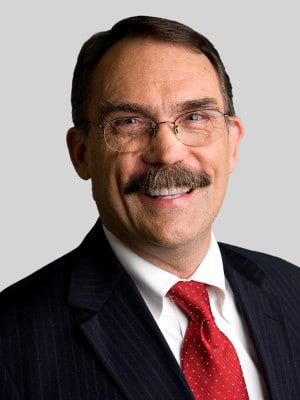By Dr. Charlie Gay, U.S. Department of Energy
With a variety of different careers to choose from in the solar industry, it should come as no surprise that there are now more than 260,000 people working in it. That number also represents nearly 1,000 new jobs added every week of 2016, marking a 25% increase in a single year. To calibrate this dramatic growth, The Solar Foundation (TSF) recently released data showing where the most jobs are located and which parts of the value chain are seeing the most job growth. There are a number interesting pieces to discover.
Solar Jobs by State
 The data shows that more than 38% of all solar jobs in the country are located in sunny California, which shouldn’t come as a surprise. The other top states for solar jobs are Massachusetts, Texas, Nevada, Florida, and New York, each representing between three and five percent of the U.S. solar workforce. Solar jobs are on the rise in some unlikely places, too: the number of solar jobs more than doubled in both Oklahoma and Nebraska, with similarly high increases in Alabama, Maine, and Indiana. This growth is encouraging, though these states still have just a fraction of the solar jobs compared to the top states in the country.
The data shows that more than 38% of all solar jobs in the country are located in sunny California, which shouldn’t come as a surprise. The other top states for solar jobs are Massachusetts, Texas, Nevada, Florida, and New York, each representing between three and five percent of the U.S. solar workforce. Solar jobs are on the rise in some unlikely places, too: the number of solar jobs more than doubled in both Oklahoma and Nebraska, with similarly high increases in Alabama, Maine, and Indiana. This growth is encouraging, though these states still have just a fraction of the solar jobs compared to the top states in the country.
Solar Jobs by Sector
Breaking down the data by sector, solar installers represent more than half of all jobs in the industry. Installation jobs have more than doubled over the course of the past year in Idaho, Minnesota, Oklahoma, Alabama, Wyoming, Maine, and New Mexico. It’s a clear sign that solar isn’t just concentrated in certain parts of the country. More people are choosing to power their lives with solar energy.
But it’s not just rooftop solar driving this expansion. TSF data shows utility-scale firms hired at about twice the average rate of all solar firms. That correlates with the record 14 gigawatts (GW) of solar capacity added to the grid in 2016, 10 GW of which were utility-scale solar. As more utilities add solar into their generation portfolios, more installers will be hired. According to the Solar Energy Industries Association, there are currently 152 large-scale solar projects under construction with another 3,665 planned.
With the big spike in utility-scale solar installations across the country, SunShot helps ensure the energy they produce can be added to the grid in a safe, reliable, and cost-effective manner. SunShot’s Systems Integration subprogram funds research projects that are exploring new ways of adding storage to the grid, so solar energy can be used even when the sun isn’t shining. Other projects are developing software and hardware solutions to improve distribution planning and operation and optimizing system performance.
As the solar industry continues to grow year after year, it’s important for SunShot to continue its work in helping to ensure that the grid can handle the rapid pace of growth and enable more Americans to power their lives with clean energy.
Learn more about the Systems Integration subprogram.
This article was cross-posted from the Department of Energy’s Office of Energy Efficiency & Renewable Energy blog.
This content is protected by copyright and may not be reused. If you want to cooperate with us and would like to reuse some of our content, please contact: editors@pv-magazine.com.








By submitting this form you agree to pv magazine using your data for the purposes of publishing your comment.
Your personal data will only be disclosed or otherwise transmitted to third parties for the purposes of spam filtering or if this is necessary for technical maintenance of the website. Any other transfer to third parties will not take place unless this is justified on the basis of applicable data protection regulations or if pv magazine is legally obliged to do so.
You may revoke this consent at any time with effect for the future, in which case your personal data will be deleted immediately. Otherwise, your data will be deleted if pv magazine has processed your request or the purpose of data storage is fulfilled.
Further information on data privacy can be found in our Data Protection Policy.